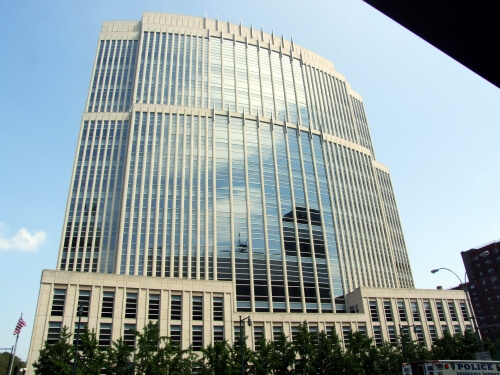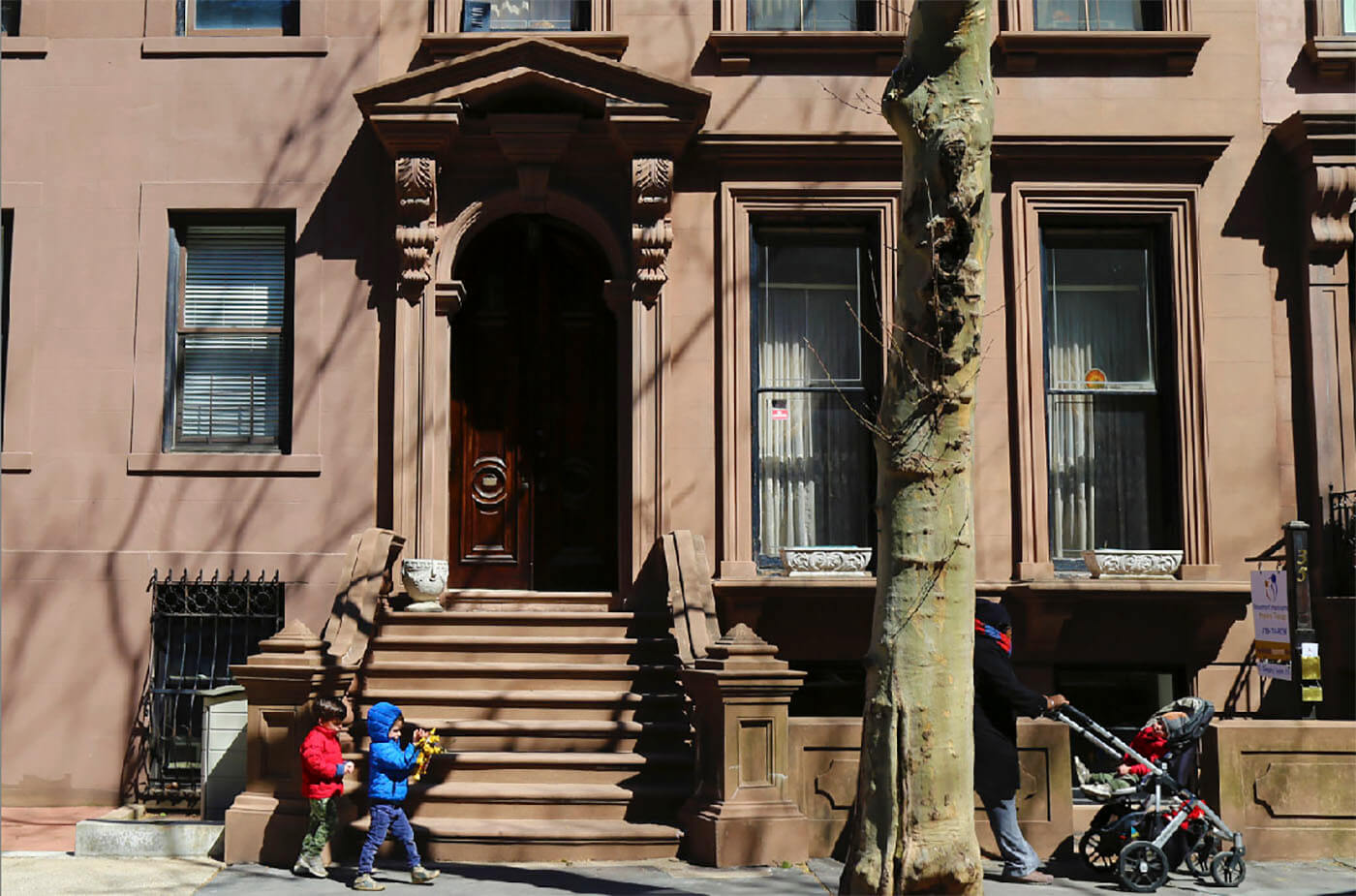Queenswalk: Alley Pond Park
I love Fall. I love the cooler weather, the autumn foliage, pumpkins and Indian corn. To me, it’s not a season of death, but of new purpose. After a hot summer, everyone seems renewed in the fall, ready to start Big Things. We open new seasons at the theater, the opera, on television; it’s an…

I love Fall. I love the cooler weather, the autumn foliage, pumpkins and Indian corn. To me, it’s not a season of death, but of new purpose. After a hot summer, everyone seems renewed in the fall, ready to start Big Things. We open new seasons at the theater, the opera, on television; it’s an exciting time of year, culminating in the holidays. January and February, well, that’s another story. But we’re not there yet, it’s still the middle of Fall, and that means peak leaf changing season. And what better place to see nature’s amazing palate of colors than in a park? In this case, Queens’ second largest park?
Ally Pond Park borders Douglaston on the east and Bayside on the west. Little Neck Bay stretches gloriously to the north, and Union Turnpike cuts the park off on the south. This part of Queens sits on a terminal moraine formed by the Laurentide glacier thousands of years ago. The ice deposited boulders and dug creeks and ponds. Today, the park encompasses fresh water ponds and natural springs, as well as salt marshes from Little Neck Bay, forming a very diverse biosphere, one of the great highlights of the park.
The area was once home to the Matinecock people, who gathered the shellfish from Little Neck Bay. Their lives were forever changed when the Dutch and the English showed up. By 1630, parts of Queens were being colonized, and sometime after that, King Charles I of England granted Thomas Foster 600 acres of land in this area, where he built a stone house that once stood near what is now Northern Boulevard. Soon others settled in the area, eager to use the creek and the Bay for their business purposes. Mills were built on the creek, and the area became a small manufacturing area and a route to Brooklyn, to Manhattan ferries or back into Hempstead and the rest of Long Island. Because of the shape, it was called “the Alley.”
The area thrived as an 18th century industrial site and thoroughfare. George Washington is said to have passed through the Alley on his tour of Long Island in 1790. Although the area was well traveled, most of the land remained untouched until the 20th century and the coming of the automobile. In 1908, when cars were the playthings of the wealthy, William K. Vanderbilt built part of his private highway through the Alley Pond area. He wanted a road where he and his friends could race their cars, and was rich enough to build one.
As the ownership and use of cars passed to the middle classes as well, the city fathers of New York realized that they had to reserve some land for parks, before highways, roads and development claimed everything. By the 1920s, the population of Queens had doubled from the number seen only twenty years before. In 1929, the city set aside the site of the Alley and the surrounding area for a park. That same year, they expanded the park site with another 330 acres of adjoining land, for a total cost of $1.3 million. Mayor Jimmie Walker proclaimed that “This is an attractive offer and parks must be anticipated for the good of the increasing populations. There is no better site in Queens.” At the same time, the city also obtained an option for 500 acres for a parkway that could connect the parks of Queens, a first step in creating what they called a “greenway.”
Parks Commissioner Robert Moses, who came up with the greenway initiative, also began creating the new park. The old structures in the parkland were all torn down. 26 acres of playing fields were carved out, and the Alley Pond Nature Trail, the first such trail in the park system, was laid out. The new park also included a bridle path, tennis courts, picnic areas, and a 200 car parking lot. A 23 acre bird sanctuary was established, and in 1935, the park officially opened, inaugurated by a grand ceremony officiated by Mayor Fiorello LaGuardia, Robert Moses, and other city officials. Two years later, the city got title to the part of the defunct Vanderbilt highway that ran through the parkland. It was closed off, and became a bicycle trail.
Moses loved automobiles almost as much as Vanderbilt did, and planned many of his projects around the use of cars. He expected people to use the parks, but he wanted roads so they could get there. Nature took a back seat to convenience, and over the next decades, much of the marshland in the park was filled in to accommodate the Long Island Expressway and the Cross Island Parkway, both of which run through the park.
Fortunately, by the mid-1970s, conservation of natural habitats and ecosystems became a priority in park planning and as soon as funding became available, the Wetlands Project was initiated, to restore and protect this valuable natural resource. In 1976, the Alley Pond Environmental Center opened. Its mission was protection, with educational and ecological programs and exhibits. After all, Alley Pond Park is home to “The Queens Giant,” a Tulip Poplar at 134 feet tall. It’s the tallest measured tree in New York City, and estimated to be the oldest living thing in New York City, at around 350 to 450 years old. The park has had several expensive upgrades since then. Today, it celebrates its Colonial past with recreations of one of the old windmills and other historic artifacts. There are soccer fields, a climbing wall, landscaped picnic areas, trails, and an expanded playground. The acres of parkland are a wonderful place to escape the city, look towards the sea as well as the forest and the meadow, and enjoy the pleasure that is Fall. GMAP
Photo: nycgov.parks











What's Your Take? Leave a Comment